A Page from North Quabbin History: A history of quilts
|
Published: 02-04-2024 5:00 PM
Modified: 02-09-2024 2:39 PM |
By Carla Charter
The New England Quilt Museum in Lowell has many different quilts, ranging from the 1800s to contemporary creations. Among those is a 78 x 71 coverlet made by Rebecca C. Ayers Mack Heywood of Winchendon.
This coverlet was created by Mack Heywood in approximately 1850 and is an original pattern made of red and black wool, with the black from different types of wool and the red of the same fabric, said Laura Lane, collections manager at the museum. Lane is also on the Steering Committee for the Massachusetts Quilt Documentation Project. Lane explained that quilts are traditionally constructed of a top, lining and backing while coverlets have a top and backing. This coverlet was one of three known to be made by Heywood.
“A lot of the early quilts in New England were wool…they were warm,” she said. “Really early on, wool was imported from England. Then there were sheep and woolen mills in New England as time went on. A lot of the old woolen quilts do survive. Some of the oldest quilts in our collection are wool.”
Mack Heywood was born in Goshen, New Hampshire, and raised in Plainfield, Vermont, where her family moved in 1805. There she met her husband, Daniel Miner Mack, in 1818. Daniel died in 1833 and Rebecca was left destitute with five children. With no other choice, she left her children with family in Vermont and came to Winchendon, finding work at the textile mills. By the early 1800s, Winchendon had a textile mill for spinning and weaving wool. By 1849, the Winchendon Manufacturing Company was producing about 200,000 yards of twill flannels valued at $50,000, according to massquilt.org, the Massachusetts Quilt Documentation Project’s website. The Massachusetts Quilt Documentation Project is a separate organization from the New England Quilt Museum—however, the museum does hold annual Documentation Days for the project, according to Lane. The Mass Quilt Documentation Project records are also held at the museum
Several years after moving to Winchendon, Rebecca, at age 38, married Lemuel Alfred Heywood, 16 years her junior. The couple had a daughter together in 1837. By the 1840 census all six children were living together with Rebecca and her husband in Winchendon, according to massquilt.org.
Heywood’s coverlet was one of a number of quilts featured in the book “Massachusetts Quilts: Our Common Wealth” edited by Lynne Zacek Bassett and published in 2009. The book, according to Lane, was written by Mass Quilt volunteers.
“The quilts featured in the book were selected from quilts we had documented,” Lane said.
Article continues after...
Yesterday's Most Read Articles
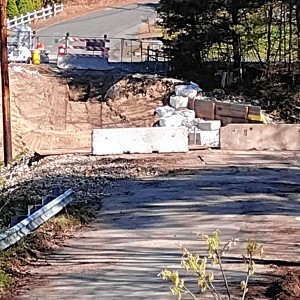 Work on Pinedale Avenue Bridge connecting Athol and Orange to resume
Work on Pinedale Avenue Bridge connecting Athol and Orange to resume
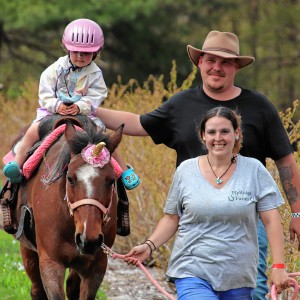 PHOTOS: Enchanted Orchard Renaissance Faire at Red Apple Farm
PHOTOS: Enchanted Orchard Renaissance Faire at Red Apple Farm
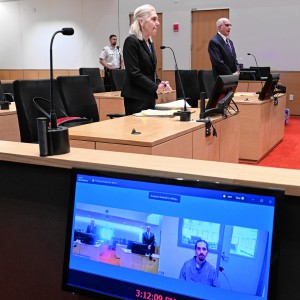 Lawyer argues Joshua Hart’s 2018 conviction for Orange murder had inconsistent verdicts
Lawyer argues Joshua Hart’s 2018 conviction for Orange murder had inconsistent verdicts
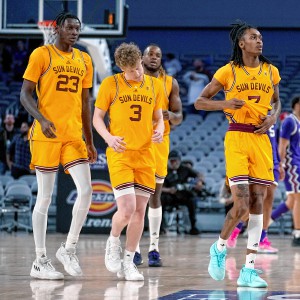 UMass basketball: Minutemen nab another transfer in Arizona State forward Akil Watson
UMass basketball: Minutemen nab another transfer in Arizona State forward Akil Watson
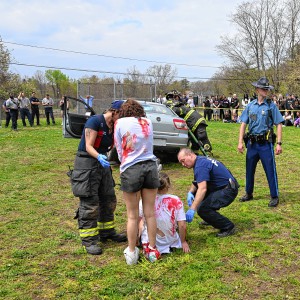 ‘Arrive Alive’ shows Athol High School students the dangers of impaired driving
‘Arrive Alive’ shows Athol High School students the dangers of impaired driving
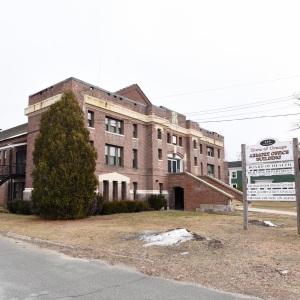 Orange Selectboard declares armory as surplus property
Orange Selectboard declares armory as surplus property
The museum also borrowed the coverlet for a display on embroidery on quilts.
“The owner passed away, the heirs offered it to us and it has been in our collection since about 2018.” Lane said.
The person involved in the Mass Quilt Documentation Project for central and western Massachusetts is Jane Crutchfield, who explained that Quilt Documentation Days held by the Massachusetts Quilt Documentation Project are usually scheduled in town halls, churches and historical societies. During the event, the public can bring their quilts and for $20 per quilt, its history will be documented and a photo of the quilt hanging up will be taken. The quilt’s owner will receive a copy of each and the quilt will be placed on record at www.quiltindex.org, a site run by Michigan State University.
“It’s a great way to educate people on what they own, if they have a quilt passed down, found in a chest, or grandmother’s quilt to have the history preserved. They are not going to have the quilt forever—eventually it will be passed down. It will be given a label with a number that references the quilt in the quilt project. It’s recording family history, textile history and town history,” Crutchfield said.
The New England Quilt Museum houses about 400 quilts and tops in its collection, including several African American and Native American quilts, Lane said, adding that the museum’s collection also expands beyond New England.
“We do have quite a few made in New England, especially from Massachusetts. However, we also have international quilts from countries such as Japan.” she said.
The museum changes exhibits four times a year. Among the current exhibits are “What’s in a Name?” A display of quilts from the museum’s collection which are all inscribed with names.
“Inscribed quilts were often created as fundraisers, for presentation to ministers (usually to their wives) or for couples moving west,” said Lane.
One of the inscription quilts on display, in the Ohio Star pattern, was created by Sarah F. Colburn Gallop of Leominster. The quilt includes signatures of 70 famous political, military and literary figures from the 19th century, including several presidents and first ladies, as well as those of Bronson and Louisa May Alcott. After the squares were made, Lane said, they were sent to a famous person, who would then autograph them and send them back. The quilt was made in the late 1880s as a fundraiser for the Union veterans of the Civil War. The quilt was bought at a flea market in Waltham and then owned by a family for many years before being donated to the museum.
Another exhibit entitled “Quilted Canvas IV,” part of a series which highlights contemporary quilts from New England. Artists include Tafi Brown from New Hampshire, The late Joe Diggs from Maine, Ruth MacDowell, formerly from Colrain, and Jude Larzalere from Rhode Island.
The New England Quilt Museum is located at 18 Shattuck St. in Lowell and is open Tuesday-Saturday, 10 a.m.-4p.m. More information about the museum can be found at neqm.org. More information about the Massachusetts Quilt Documentation Project can be found at massquilts.org. More information about the quilt index can be found at quiltindex.org.
Carla Charter is a freelance writer from Phillipston. Her writing focuses on the history of the North Quabbin area. Contact her at cjfreelancewriter@earthlink.net.

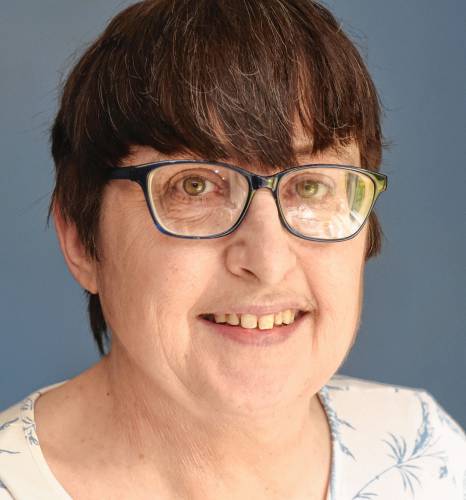
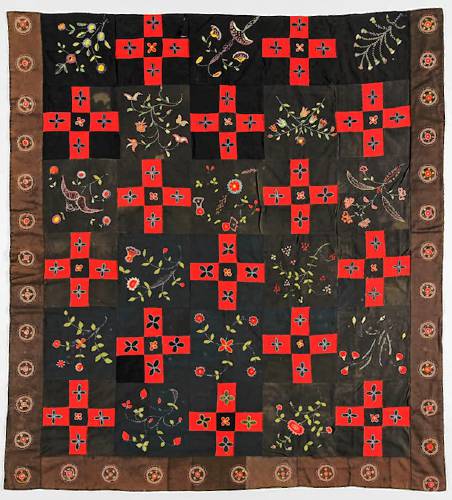
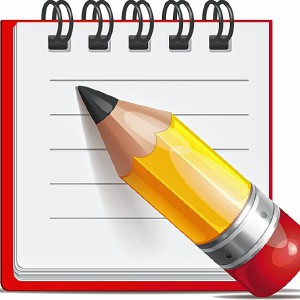 North Quabbin Notes, May 9
North Quabbin Notes, May 9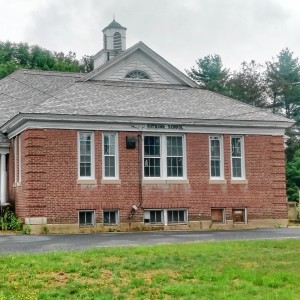 $700K debt exclusion would fund repairs to Raymond Hall
$700K debt exclusion would fund repairs to Raymond Hall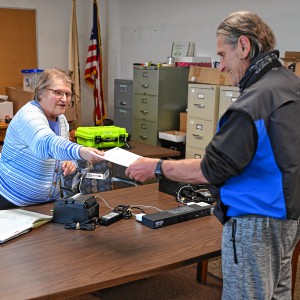 Erving voters say ‘no’ to $3.7M debt exclusion
Erving voters say ‘no’ to $3.7M debt exclusion